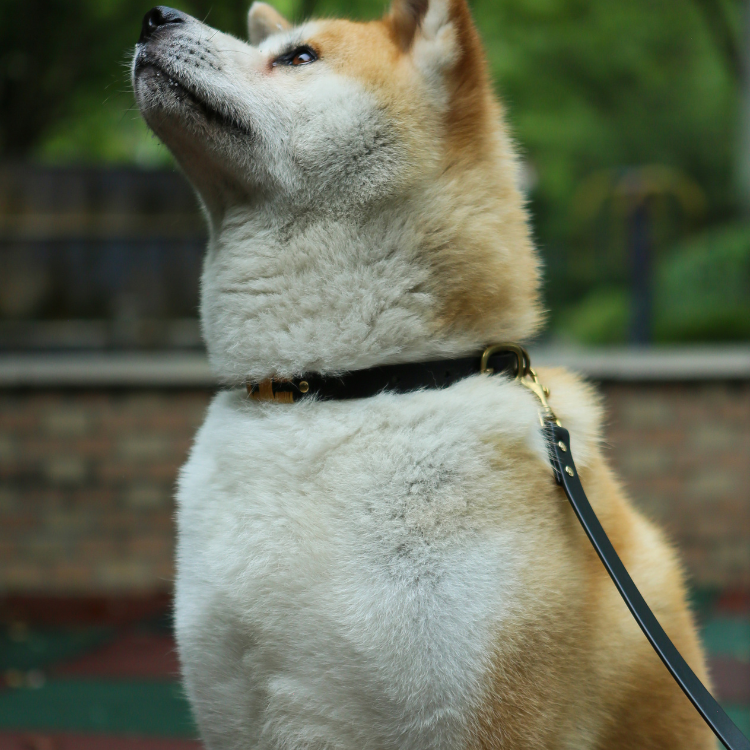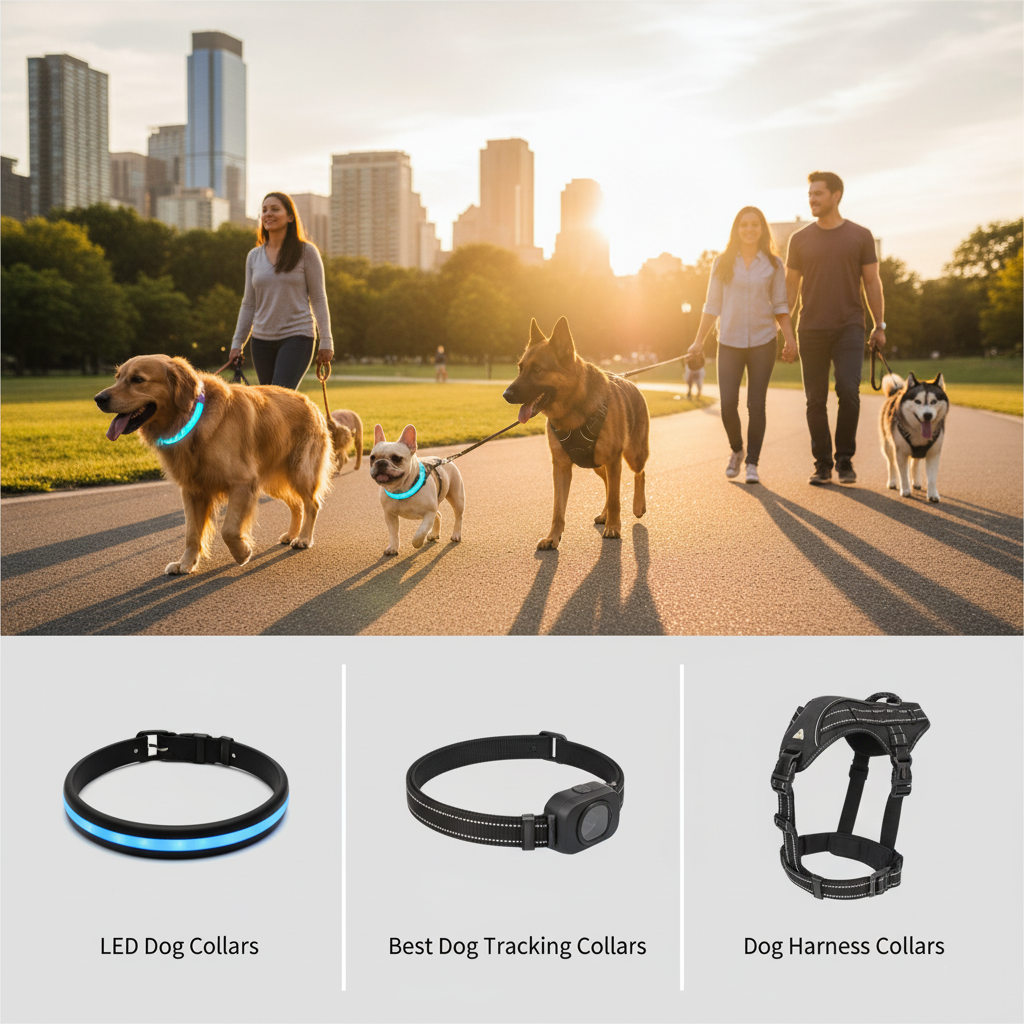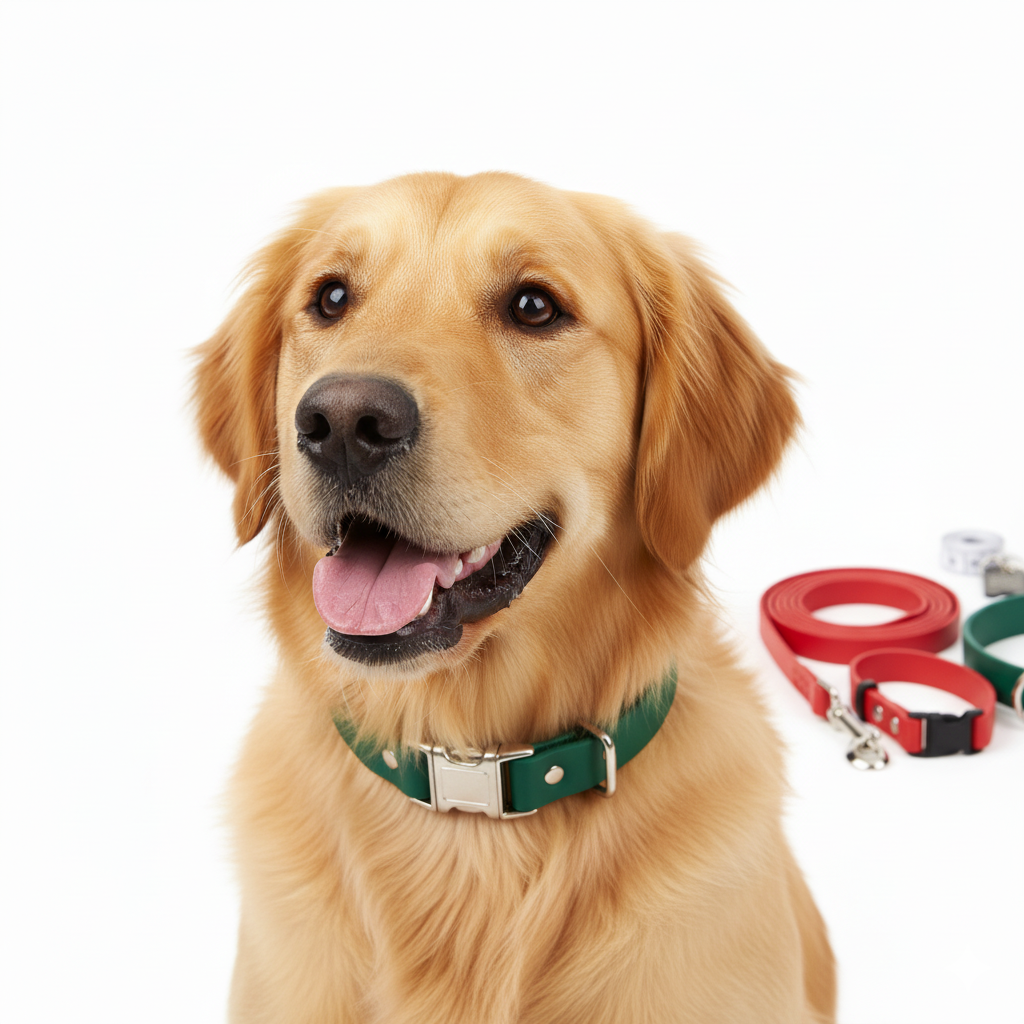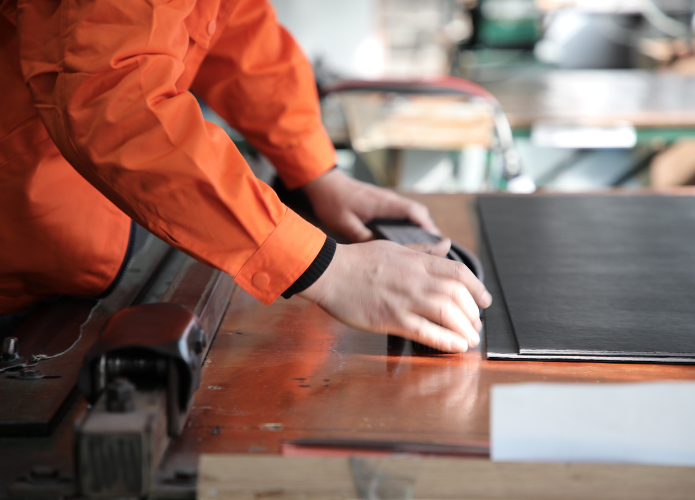Different Types of Dog Collars: Choosing the Best for Your Canine Companion
Discover the best collar for your dog with our ultimate guide to the different types of dog collars. Break down each type's features, pros, and ideal uses to help you make the perfect choice for your furry friend.
Dog collars are more than just accessories — they are essential tools for training, identification, control, and even fashion. With so many options on the market, it can be overwhelming to figure out which type of collar is best for your dog’s specific needs. In this comprehensive guide, we’ll explore the different types of dog collars, their uses, materials, and what makes each one unique. Whether you're a new pet owner or a seasoned dog lover, this blog will help you make the most informed decision for your furry friend.
Throughout the article, we’ll also highlight Furnergy, a trusted brand known for its innovative and durable dog products that cater to a variety of canine needs.
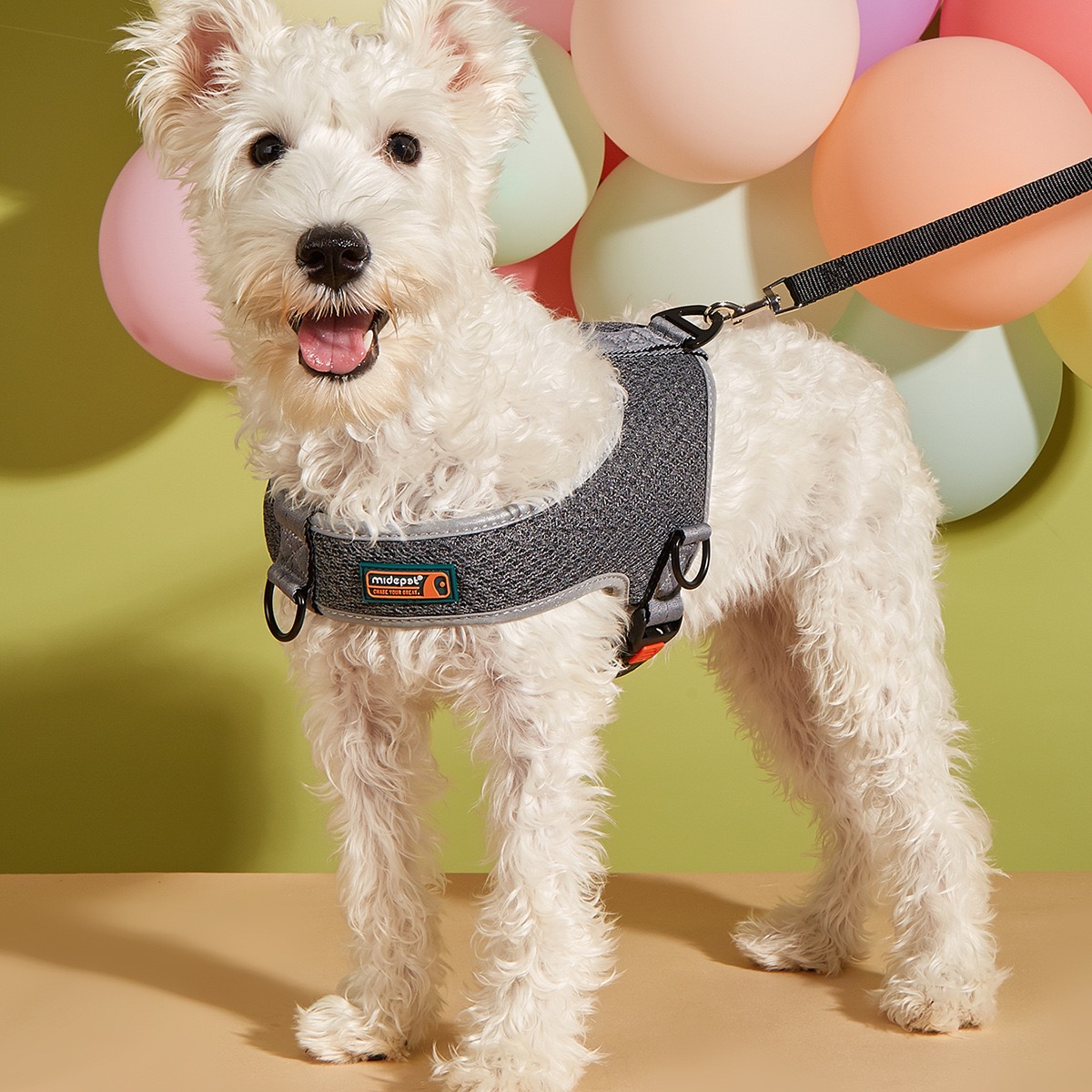
1. Flat Dog Collars
Flat dog collars are the most traditional and widely used type of collar. These are flat, strap-like collars that wrap around the dog’s neck and fasten with either a buckle or a snap closure.
Key Features:
- Everyday Use: Ideal for daily wear.
- Attachment Point: Comes with a D-ring for attaching ID tags and a leash.
- Variety: Available in many colors, patterns, and materials such as nylon, leather, and eco-friendly fabrics.
- Comfort: Some versions come with padded interiors for sensitive skin.
Pros:
- Easy to use and adjust
- Widely available and affordable
- Stylish options for personalization
Cons:
- Not suitable for dogs that pull excessively
Best For:
Dogs that are leash-trained
Dogs who don’t pull or lunge
Basic identification and control needs
2. Martingale Collars
Martingale collars are specially designed to provide more control without choking your dog. These collars tighten slightly under tension but are designed not to close to the point of causing harm.
Key Features:
- Two-Loop Design: One loop tightens when the dog pulls, the other sits around the neck.
- Slip-Resistant: Prevents dogs from slipping out of the collar.
- Gentle Correction: Offers control without sharp pressure points.
Pros:
- Safer than choke chains
- Helps train dogs not to pull
- More humane for training
Cons:
- Requires proper fitting to avoid constant tightening
Best For:
Sighthounds like Greyhounds or Whippets
Dogs who back out of traditional collars
Training sessions
3. Head Collars
Head collars are designed to give the handler control of the dog’s head, making it easier to direct and manage strong or reactive dogs.
Key Features:
- Muzzle Fit: Wraps around the dog’s nose and behind the ears.
- Guidance: Helps redirect head movement and thus body direction.
- Training Aid: Especially useful for behavior correction.
Pros:
- Effective for controlling pulling
- Reduces jumping and lunging
- Gentle on the neck
Cons:
- Can be uncomfortable if not introduced properly
- Not for long-term wear
Best For:
Strong dogs that pull on the leash
Behavioral training
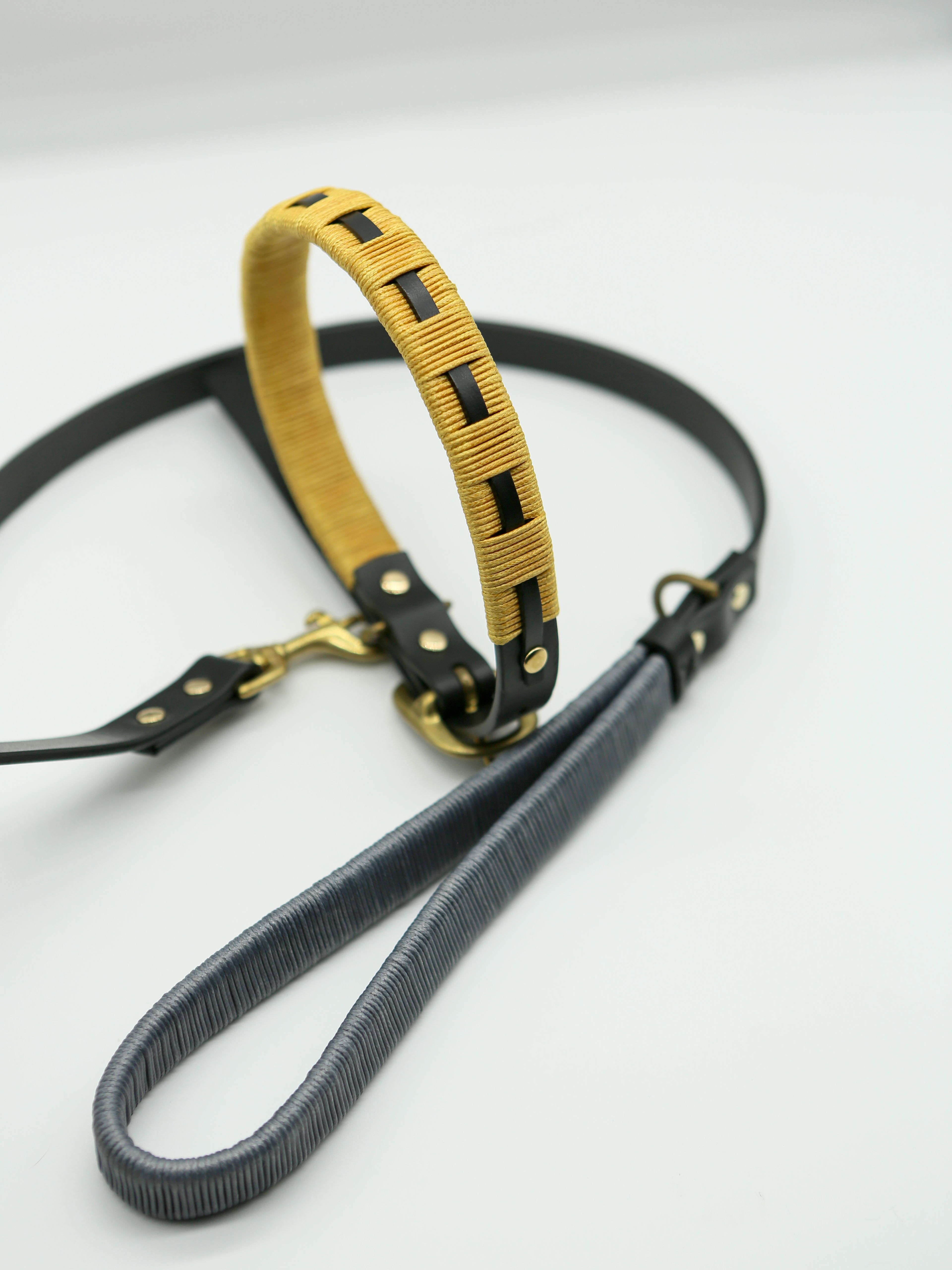
4. Harness Collars (Dog Harnesses)
Harnesses are an alternative to collars and are worn around the dog’s torso instead of the neck. They distribute pressure across the chest and back.
Key Features:
- No Neck Strain: Reduces choking or neck injury.
- Control: Provides more leverage and control.
- Dual Clip Options: Front clip for training, back clip for casual walks.
Pros:
- Better for dogs with respiratory issues
- Reduces pulling
- Offers a secure fit
Cons:
- Can be more difficult to put on
- May encourage pulling if used improperly
Best For:
Brachycephalic breeds (e.g., Pugs, Bulldogs)
Dogs with tracheal or neck issues
Puppies and small breeds
5. Choke Chains
Choke chains are metal collars that tighten infinitely when tension is applied. These collars should only be used by experienced trainers.
Key Features:
- Metal Chain: Tightens under pressure.
- Slip Design: No limit to tightness.
Pros:
- Quick correction tool
- Popular in professional training circles
Cons:
- Risk of injury if misused
- Can create negative associations with walks
Best For:
Only dogs under professional training
Experienced handlers
6. Prong Collars
Prong collars are similar to choke chains but include evenly spaced prongs that create pressure around the neck.
Key Features:
- Pronged Links: Pinch the skin evenly around the neck.
- Pressure Distribution: Mimics dog-mother correction.
Pros:
- Effective for strong, stubborn dogs
- Even pressure reduces injury risk
Cons:
- Controversial and often misunderstood
- Must be fitted and used correctly
Best For:
Last-resort training tool
Large, powerful dogs
7. GPS Collars
GPS collars include tracking systems that let you monitor your dog’s location in real time via smartphone apps.
Key Features:
- Real-Time Location: Global tracking via GPS satellites.
- Geofencing: Alerts when dog exits defined area.
- Smartphone Integration: Manage settings remotely.
Pros:
- Ultimate peace of mind
- Ideal for off-leash exploration
- Rechargeable
Cons:
- Expensive
- Requires regular charging
Best For:
Escape artists
Outdoor explorers
Rural or large property homes
8. Smart Collars
Smart collars are like wearable tech for your dog — they combine GPS, fitness tracking, and health monitoring.
Key Features:
- Fitness Tracker: Monitors steps, activity, and rest.
- Health Alerts: Tracks heart rate, temperature, or location.
- Training Tools: Include sounds or vibrations for commands.
Pros:
- Monitors your dog’s well-being 24/7
- Customizable features
Cons:
- Pricey
- Some features require subscriptions
Best For:
Active or aging dogs
Dogs with chronic conditions
Owners who love data insights
9. Flea and Tick Collars
These collars are designed to prevent or eliminate external parasites by slowly releasing insecticide or natural oils over time.
Key Features:
- Long-Lasting Protection: Usually lasts 6–8 months.
- Water Resistance: Safe to wear during baths.
- Chemical or Natural Options: Choose based on dog’s sensitivity.
Pros:
- Low maintenance
- Cost-effective
- Covers full body area
Cons:
- Potential allergic reactions
- Must be used in conjunction with vet advice
Best For:
Dogs in tick-infested regions
Dogs who roam outdoors
10. Personalized Dog Collars
These collars feature custom engravings or embroidery with essential information, blending function with flair.
Key Features:
- Custom ID: Name, phone number, or microchip details.
- Style Variety: Colors, fonts, and icons.
- Durable: Embroidery lasts through weather and wear.
Pros:
- Helps lost dogs return home faster
- Eliminates need for hanging tags
Cons:
- Limited adjustability if embroidered over buckle area
Best For:
Daily wear
Pet ID reinforcement
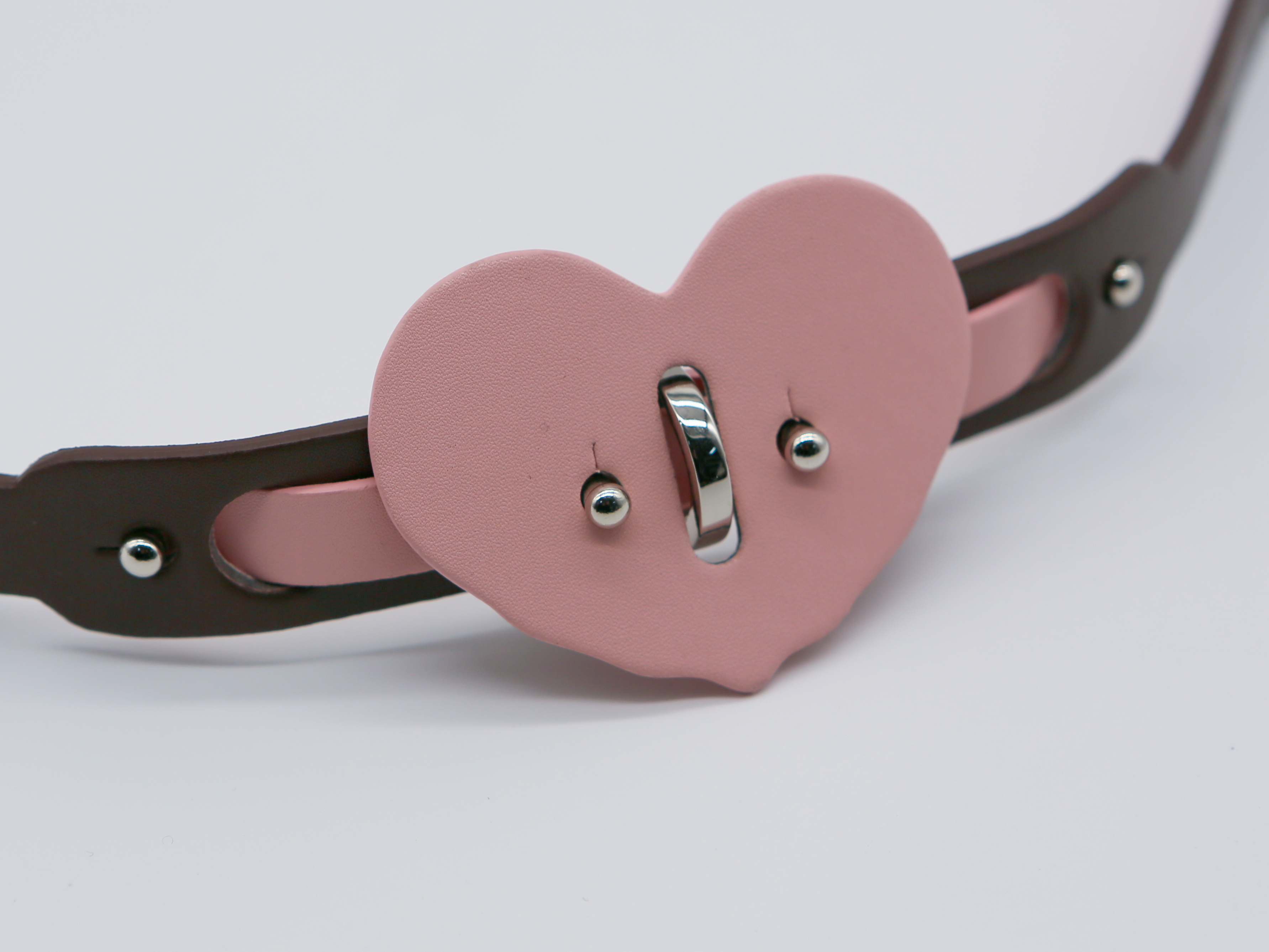
11. LED Collars
LED collars are illuminated collars that help make your dog more visible in darkness or foggy conditions.
Key Features:
- Lighting Modes: Flash, pulse, or steady.
- Power Options: USB or battery-operated.
- Weatherproofing: Often splash-resistant or waterproof.
Pros:
- Enhances nighttime safety
- Fun, colorful options
Cons:
- Batteries need replacing or charging
- Less stylish for daytime
Best For:
Dogs walked in early morning or night
Dark-coated dogs
How to Choose the Right Type of Collar for Your Dog
When exploring the different types of collars for dogs, think through the following:
1. Dog’s Size & Strength
Larger dogs may need stronger, more durable options like martingales or harnesses.
2. Behavior & Temperament
If your dog pulls, consider a head collar or front-clip harness.
3. Activity Level
Active dogs may benefit from GPS or smart collars that track their movement.
4. Health Conditions
Neck, respiratory, or allergy-prone dogs need gentle or hypoallergenic options.
5. Your Goals
Whether it’s for safety, training, or style — choose what matches your lifestyle and your dog’s personality.
Furnergy and the Modern Pet Lifestyle
When talking about modern pet essentials, Furnergy stands out as a brand that redefines comfort and style for pets. Specializing in pet furniture and accessories, Furnergy merges ergonomic design with pet-friendly materials. Their collars are known for combining:
- Sustainable materials
- Customizable fit and finish
- Integrated smart tech (in select models)
Whether you're looking for something stylish or high-tech, Furnergy’s offerings align beautifully with a modern, eco-conscious lifestyle. Their commitment to animal welfare and style makes them a standout choice for personalized and practical dog collars.
FAQs on the Types of Dog Collars
Q1: What is the safest type of dog collar?
A: For everyday use, a flat collar made from soft, durable material is generally safe. For training, martingale or harnesses are often safer than choke or prong collars.
Q2: Can I leave a dog collar on all the time?
A: Yes, but make sure it’s comfortable, not too tight, and regularly checked for wear or skin irritation.
Q3: Are harnesses better than collars?
A: It depends on the dog. Harnesses are better for small breeds and dogs with breathing issues, while collars are more convenient for quick outings and ID tags.
Q4: What is the best type of collar for a puppy?
A: A lightweight flat collar or a soft martingale is ideal. Puppies grow fast, so regularly adjust the size.
Q5: Can I use a shock collar for training?
A: Only under the guidance of a certified trainer. Shock collars can be effective but also risk harming the dog if misused.
Conclusion
Navigating the types of dog collars can feel overwhelming, but understanding your dog’s specific needs makes all the difference. Whether you choose a basic flat collar or a high-tech GPS-enabled device, comfort, safety, and functionality should always come first.
Brands like Furnergy are helping pet owners strike the perfect balance between utility and aesthetics. With innovative design and quality materials, they show that pet accessories can be both practical and stylish.
So, whether you’re searching for the best types of collars dog can wear for training, safety, or fashion, let your decision reflect the unique needs of your four-legged family member.





